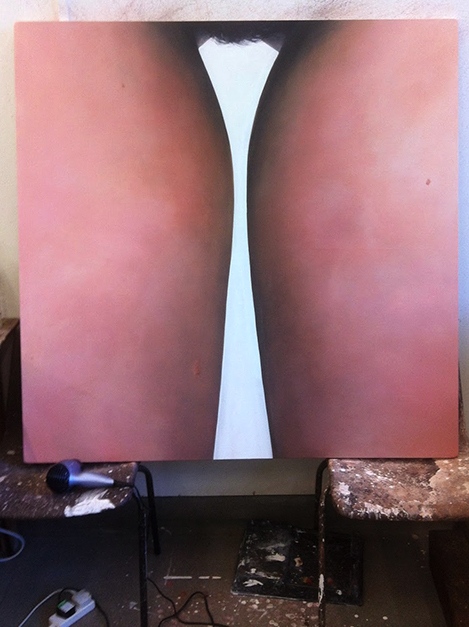I’ve had the chance to be involved in an exciting opportunity developed by tutors and students at UCS designed to encourage a new body of work. The 10PRJCT encourages one artist each week over a period of ten weeks to work in an installation space in the arts building on campus. The participants are expected to develop the work based around the number ten, in whichever way they choose to view it.
10 PRJCT
I managed to pick the busiest week in my timetable to date as my work time so found it stressful at times. However, being involved in the project was something I wanted as soon as I heard of it. Not only is it great to be using workspaces that are a bit different to our normal studio areas, being in a different environment, on a different brief meant that my work would get shaken up a bit.
10 PRJCT brainstorming
When I first knew about the project, I struggled with the concept of adapting the theme of the number ten into my work. Although it’s a different body of work, it made sense to me to harmonise it with my current projects. Themes of feminism, misogyny, patriarchal values and so on run through my work, so bringing the ten theme into this would be important to me. Brainstorming in the space brought me to the concept of ‘the perfect ten’, an issue that runs through female experience in western society on a daily basis.
10 PRJCT work begins
Having worked a lot with imagery of the female form in paintings and photography, I liked the idea of moving on to working with minimal shapes. The dimensions of bust, waist and chest circumferences of ‘the perfect dress size ten’ developed into standard circle forms. After a few attempts at figuring out the maths (GCSE standard at most!! come on Maynard, it’s in there somewhere) the circles stared taking shape.
Developing circle forms
Having begun to work in the space I quickly became aware of the different atmosphere when enclosed and developing a body of work completely alone. Perhaps this feeling of isolation is added to by the lack of natural light in the room. Sitting in a windowless box with no distraction completely altered my focus and quickly I became very intent on the work. Working normally in the studio is a very different experience and I was interested to note the change in habits in such a different environment.
Having a tutorial in amongst this was really helpful on the other hand, as it acted as a kind of link to the outside world. When I was following the first year of my studies via a remote learning course I found this lack of communication with other artists really detrimental. Finding a balance between being able to work alone with a direct focus on my work and having contact with other people practising around me is clearly important.











